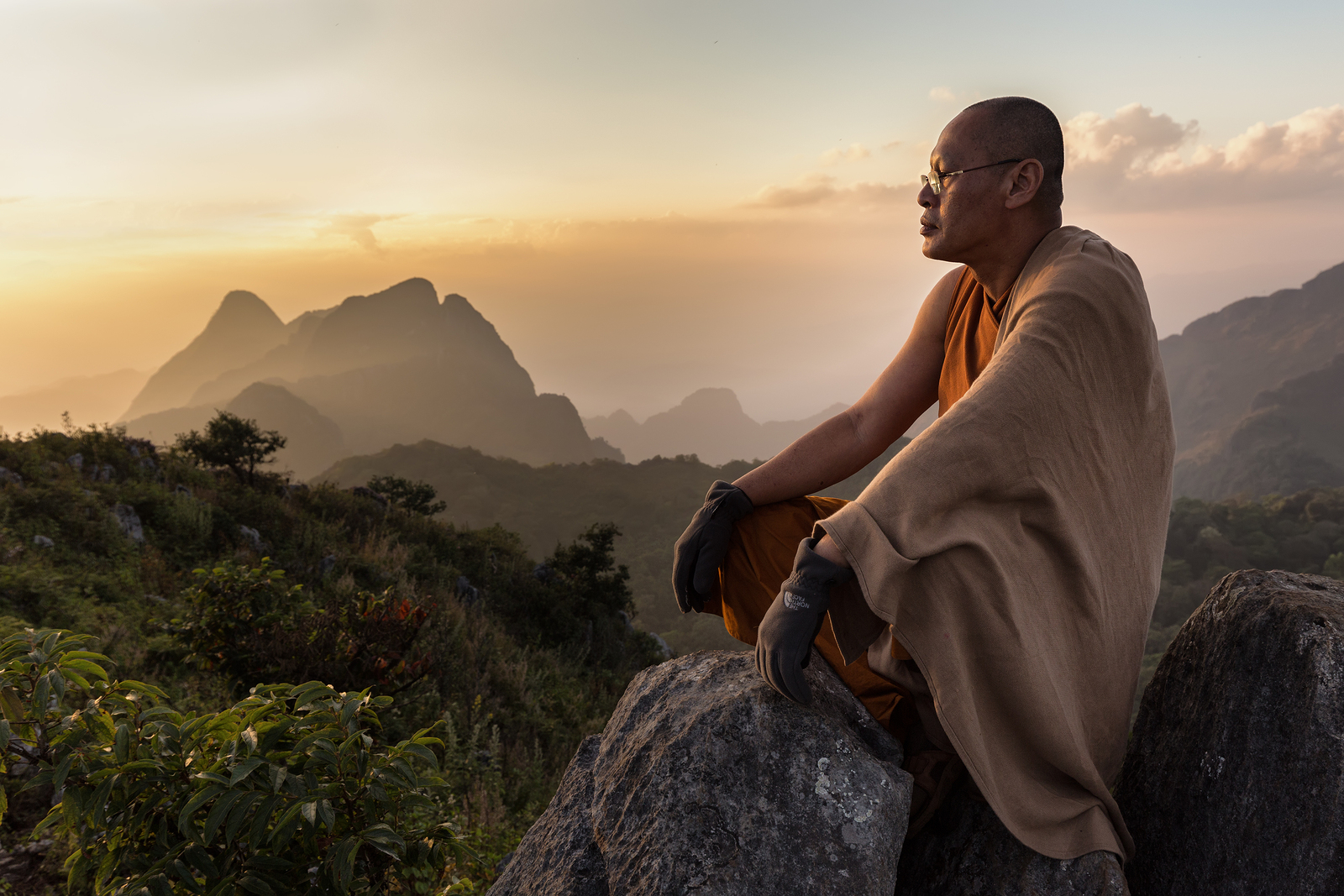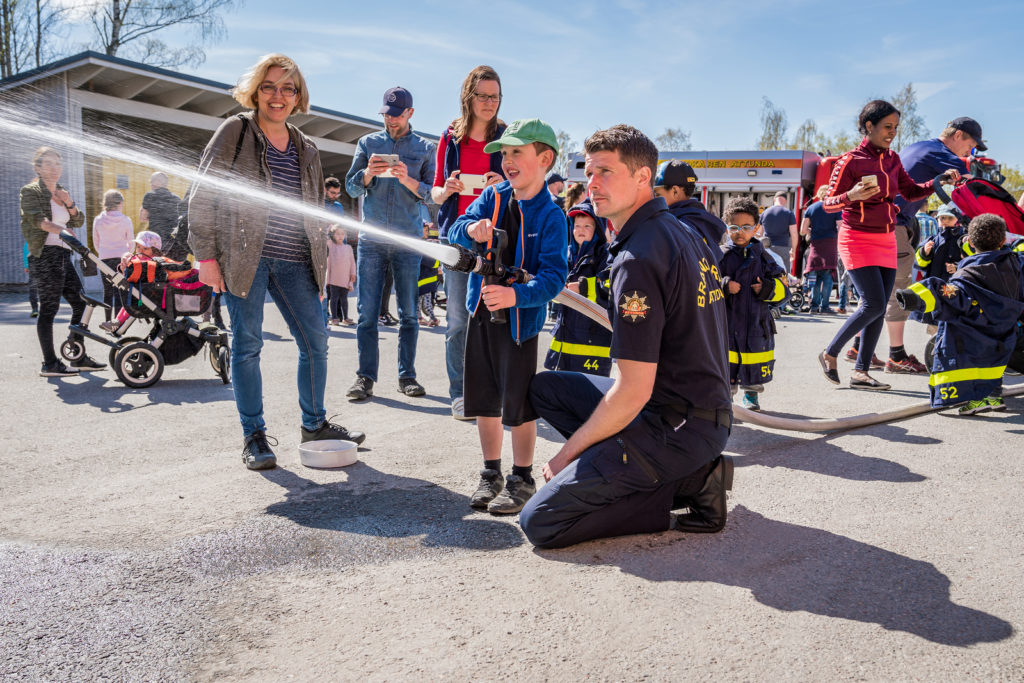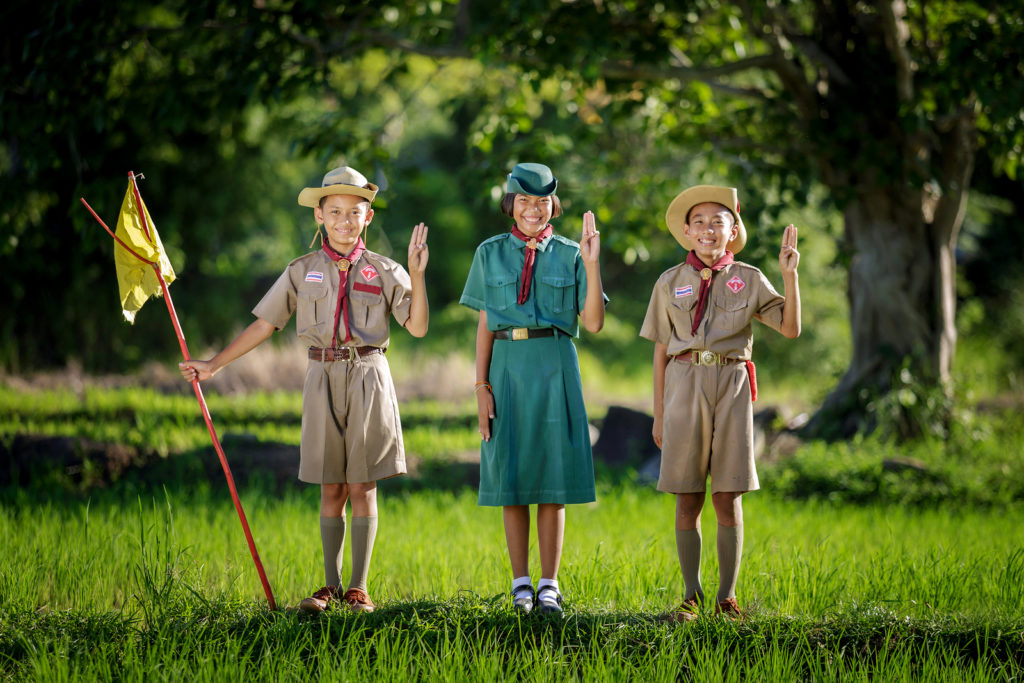Survival Smarts, Part 3: Emergencies

No matter how well you plan your days, projects, journeys, company trajectories and life, something unexpected always happens. An unforeseen emergency emerges. You don’t see it coming, so you’re not prepared, and it can easily become dangerous or deadly. You go into stress mode to avoid or prevent harm, seek protection or find safety. You plan ahead to anticipate ways in which things can go wrong. You minimize crises, but crises still happen.
“The best-laid plans of mice and men gang aft agley (go often awry)”, said the Scottish poet Robbie Burns. The Boy Scouts’ motto is, “Be prepared”, even though emergencies can’t be 100% anticipated, and not all disasters can be prevented. That’s why you take courses to learn the skills you need to manage crises during crisis-free times. The worst time to take such a course is during the emergency. When the ship hits the fan, you want to already know what options for action you have, and be as ready as you can possibly be.
What’s the best preparation for emergencies? Develop helpful skills. That’s why we learn martial arts and other skills of self-defense, for instance. That’s why soldiers, sailors, pilots and first responders develop and practice life-saving skills in artificially created, simulated situations. The mistakes they make can be used to learn and improve without producing irreversible damage or fatalities. Lucky for us!!

What’s not nearly as well taught as these skills is courage and audacity that may be even more important in the face of emergencies. How do you keep calm in the midst of the storm? It’s easy enough to declare, ‘I AM the storm!!’ It’s much harder to actually pull that off. How do you stay alert and present in the midst of a crisis? It’s tough until you get good at being present in your calm, cool, collected and powerful internal presence. That takes committed practice. Fully present, you most effectively respond to crises. How do you access that internal state? It’s a good question. Hit with crisis, some folks become anxious, fearful, confused and disoriented. Paralyzed, they don’t respond well. More trauma and increased casualties result.
To learn the calmness, begin by knowing that something within you is always awake and aware. It cannot be disturbed or made fearful, and is always calm because it is formless, not mental, indestructible and always filled with calm courage. Learn and practice focusing there. When you keep your focus on awareness and life, you greatly enhance your chance of remaining stable and fully functional in the midst of danger and chaos.
When your awareness goes only to your body, which can be hurt or destroyed, you feel fear, and might run to save yourself when your purpose is to help others. Heroes stay strong and focused on their purpose in the midst of danger and crisis. They risk death to bring others out of danger. Sometimes they perish in the process. Then you celebrate their heroism at the funeral.

If you anticipate and foresee the potential for danger, you can create and put in place safety procedures that protect or save you without sacrifice. Such wisdom could be more widely applied than it is. For instance, in places known for earthquakes and tidal waves, it’s unwise to erect buildings close to the shore. In Japan, they knew it wasn’t a matter of whether there’d be earthquake and tidal wave, but merely a matter of when.
You wouldn’t build a nuclear plant on that shore, knowing its breakdown would cause widespread environmental contamination with radioactive poisons that last for centuries, end up in your food supply and seriously impact health. You’d not set sloppy building specs as they did in Chernobyl. You wouldn’t use cheap building materials to pocket more profit. Life is the treasure. Everything else, including money, is meant to protect, serve and care for life.




